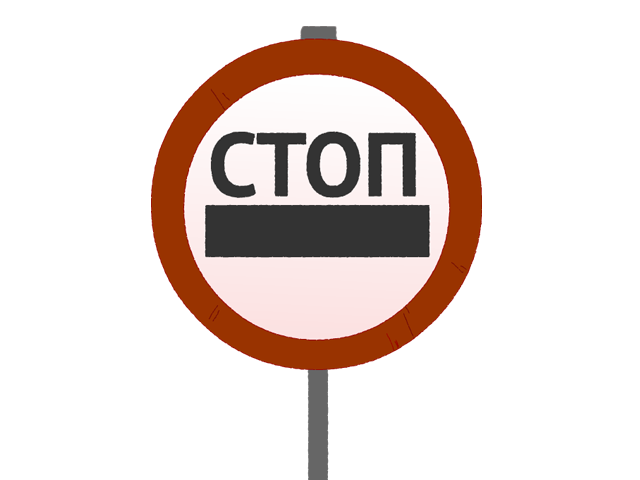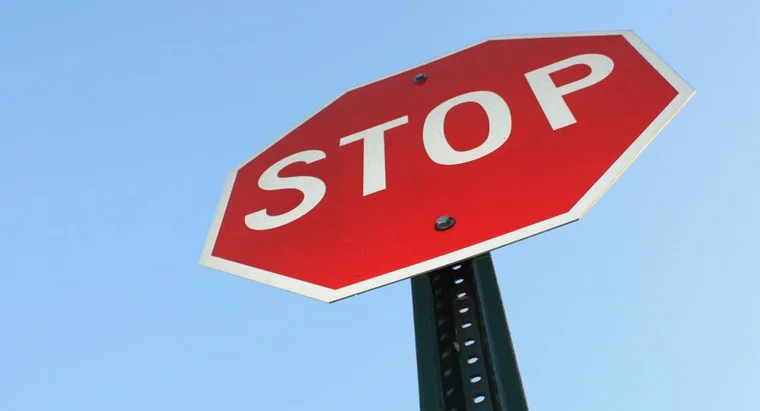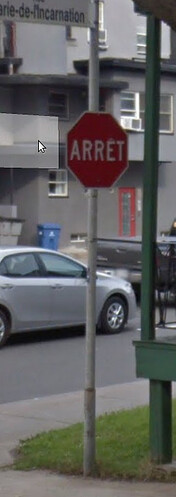That reminds me of a thread on AngloInfo many years ago when in the Charente there was a problem with ‘fake’ Gendarmes on motorbikes fining drivers of English cars for ‘infringements’.
They were fake, of course so the 90€ fine was immediately trousered. A nice little earner.
The real Gendarmes set out on a mission to get them - and did - but not everyone was aware of that being the case.
It is said that one English driver stopped by a motorcycle Gendarme challenged him saying “but how do I know you are a real Gendarme?”
The Gendarme cheerfully replied “because messieur, I am the one with the pistolete…”
He paid up 
Brilliant, @graham now I get it. 
This amount of time is also referred to as a “New York minute” which is the interval between a Manhattan traffic light turning green and the guy behind you honking his horn.
Yet despite all this requirement to stop for as long as the rozzers think you should France still has a terrible accident rate. They really don’t understand their problem.
Why in France does a Stop sign have the English word “STOP” instead of “ARRET”?
Because stopper is a valid, if borrowed, French verb. I think that Canadian signs say ARRETE though.
Paul is correct.
Stop signs in France are similar to the ones across most of Canada: red octagons with the English word “Stop ” at the centre. That design was standardized in the Convention on Road Signs and Signals , which France signed on to in 1968 in Vienna.
There is a further reference to the reason why the sign is octagonal and reportedly (amongst other reasons) so that in the event of heavy snow, the sign is still clearly discernable and easily recognisable by pedestrians.
Hello Stuart…
Welcome - I see this is your first “post”.
Have you been in France long ???
Whilst Wiki cannot be relied upon in totality, it gives some interesting insight into the history of STOP…
Seems that STOP has been used across France since 1949, while England ws still using HALT. 

Over the years the shape/design (call it what you will) has changed and STOP has somewhat international. That doesn’t mean to say you will see it everywhere, but most folk seem to understand the instruction… 
my wife has a problem with that instruction when I ask her to refrain from nagging me ![]()


 wives never nag
wives never nag 

 they just keep “reminding” OH about whatever…
they just keep “reminding” OH about whatever… 
Stop is even stoppier than Stop in Russian

Perhaps they would like to stop the appalling banning of independent parties in elections.
The list would go a lot further than that Jane 
Exactly, that is just for starters.
There is no duration of delay stated in the Code de la Route. It’s an urban myth among non-French motorists (normally) that there’s a specified delay.
Comme son nom l’indique, le panneau d’arrêt obligatoire, ou panneau de STOP, impose aux usagers de la route de marquer un arrêt à son niveau. L’arrêt ainsi effectué doit être suffisamment long pour permettre à l’usager de s’assurer que d’autres véhicules ne circulent pas le long des rues perpendiculaires à celles comportant une signalisation d’arrêt obligatoire. Il s’agit de la principale différence entre ce panneau et le panneau de “cédez-le-passage”, qui impose de marquer l’arrêt que si un autre usager s’apprête à passer devant le conducteur.
Pour qu’un arrêt au STOP puisse être reconnu comme marqué, l’usager de la route doit absolument arrêter son véhicule, quel qu’il soit, au niveau de la ligne d’arrêt et doit effectuer des contrôles visuels à gauche, à droite puis à nouveau à gauche avant de redémarrer son véhicule.
You are, and the Code de la Route, absolutely right and I think any other discussion is redundant to the point of imbecility.
That is/was my point made when the question was first posted. It’s just the driverly common sense that any sane driver must know almost as an instinct about merging with or crossing the direction of traffic at the position signposted STOP.
Issues of how long it takes to use one’s driverly common in the interest of one’s own safety, or that of others, is strictly for the birds or the bird-brained IMO. ![]()
![]()
![]()
Interestingly enough… the Code talks about “before restarting your engine” intimating that one is expected to “stop” /switch off the engine. ![]()
![]()
Oh, but there is - from you own posting translated:
In order for a stop at the STOP to be recognized as marked, the road user must stop his vehicle, whatever it may be, at the stop line and must carry out visual checks on the left, right and then again on the left before restarting his vehicle.
If you have stopped, put the handbrake on, taken it out of gear then looked left, right and left again before moving off I doubt any policier will challenge you.
So basically, there is a duration of delay ![]()

